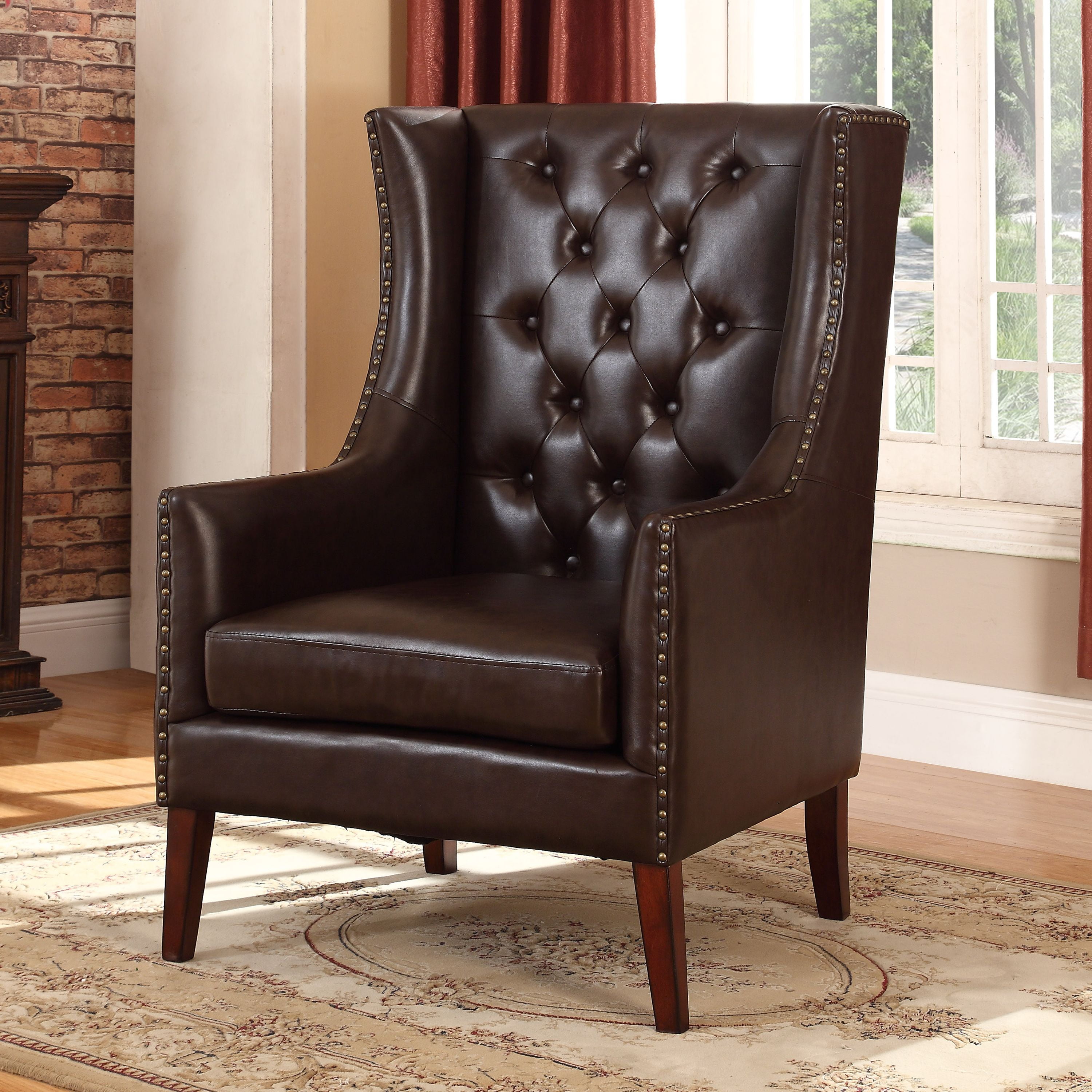Faux Leather Desk Chair

The allure of a well-crafted desk chair, a silent sentinel of productivity, is undeniable. A faux leather desk chair, with its sleek aesthetic and often surprising durability, offers both style and practicality. However, understanding its specific care requirements is crucial to maximizing its lifespan and preserving its pristine appearance. Proper maintenance isn’t just about aesthetics; it’s an investment in longevity and comfort.
Faux Leather Desk Chair Cleaning Methods
Maintaining the pristine condition of your faux leather desk chair requires a thoughtful approach, tailored to the type of stain encountered. Different materials react differently to various cleaning agents, and understanding these nuances is paramount. A gentle touch and the right technique can make all the difference.
- Dust and Light Soil: A simple, dry microfiber cloth is often sufficient for removing dust and light soil. Regular dusting prevents the accumulation of grime, which can lead to more significant cleaning challenges down the line. This simple step, performed weekly, can dramatically extend the chair’s life.
- Spills and Stains (Water-Based): For water-based spills like coffee or juice, blot (do not rub!) the affected area immediately with a clean, absorbent cloth. Work from the outside of the stain inward to prevent spreading. A mild solution of warm water and a gentle soap, such as dish soap, can be used sparingly if necessary, followed by thorough rinsing with a damp cloth and drying with a clean, dry cloth. Avoid excessive moisture.
- Ink and Grease Stains: Ink and grease stains require a more targeted approach. For ink, a specialized ink remover or rubbing alcohol (tested on an inconspicuous area first!) can be applied gently with a cotton swab. For grease stains, a mild detergent and warm water solution, applied carefully with a soft sponge, might suffice. Always test any cleaning solution on a hidden area first to ensure it doesn’t damage the faux leather.
- Stubborn Stains: For stubborn stains that resist initial cleaning attempts, consider using a specialized faux leather cleaner available at most home improvement stores. Always follow the manufacturer’s instructions carefully. Remember that aggressive scrubbing can damage the surface, so gentle pressure is key.
Preventing Common Problems
Proactive measures are often more effective than reactive cleaning. By implementing these preventative strategies, you can significantly reduce the likelihood of scuffs, scratches, and discoloration.
- Protecting from Sunlight: Direct sunlight can cause fading and discoloration. Avoid placing your chair in direct sunlight for prolonged periods. Consider using curtains or blinds to filter sunlight.
- Avoiding Sharp Objects: Keep sharp objects away from the chair to prevent scratches and punctures. This includes jewelry, pens, and other potentially damaging items.
- Regular Conditioning: Periodically conditioning the faux leather with a specialized conditioner can help maintain its suppleness and prevent cracking. This is particularly important in drier climates.
- Using Protective Mats: Placing protective mats under the chair’s legs can prevent scratches on the floor and also protect the chair’s base from damage.
Infographic: Faux Leather Desk Chair Care
The infographic would feature a clean, minimalist design. The central image would be a stylized illustration of a faux leather desk chair. Surrounding the chair would be a series of circular icons, each representing a key care step. These icons would include: a feather duster (for dusting), a sponge and water droplet (for cleaning spills), a bottle of leather conditioner (for conditioning), and a pair of scissors crossed out (representing avoidance of sharp objects). Each icon would be accompanied by a concise, clear description of the associated care step. The color scheme would be muted and sophisticated, using earth tones and neutral colors to create a calming and informative visual experience. The overall layout would be intuitive and easy to understand, prioritizing clarity and visual appeal. A simple, bold font would be used for headings and text, ensuring readability from a distance.
